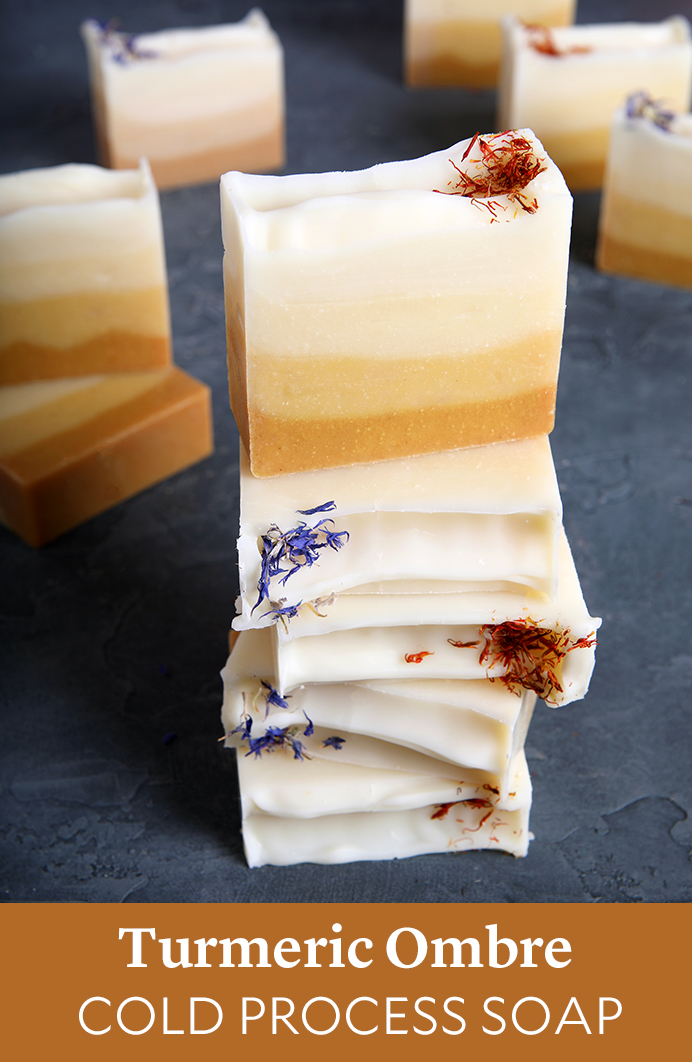
This Turmeric Ombre Soap is all about simplicity. It has skin-loving ingredients like cocoa butter, turmeric shea butter, and sunflower oil. The ombre design is made by layering various shades of turmeric powder. For a pop of color, the soap is topped with cornflower petals on one half and safflower petals on the other.
The bars are unscented, which makes this recipe perfect for those with sensitive skin. Feel free to add a fragrance or essential oil if you’d like – find out how much to use with our Fragrance Calculator. To help the turmeric pop, we recommend forcing gel phase. Soaping a little bit warmer (120-130°F) and placing the soap on a heating pad should do the trick.
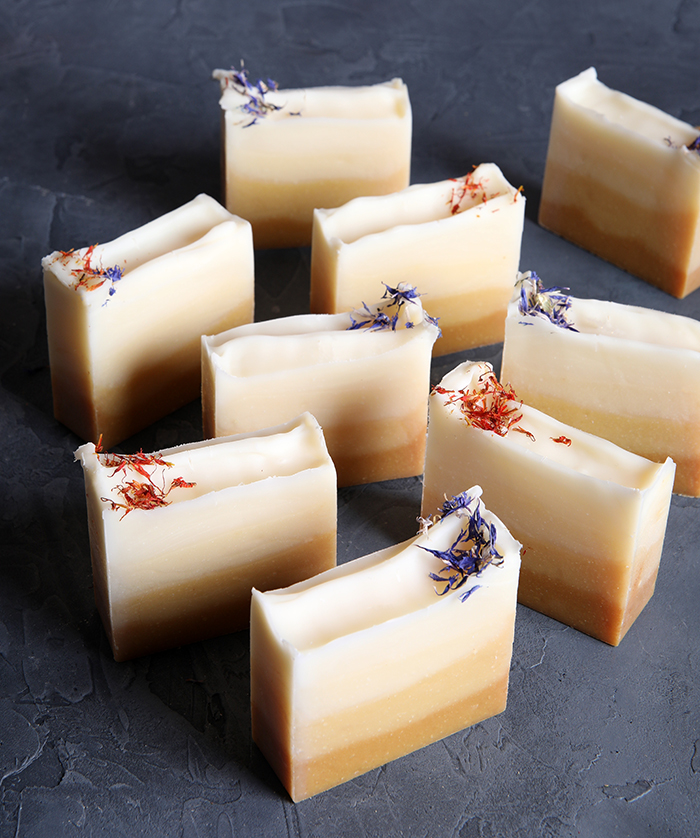
Turmeric Ombre Cold Process Soap
What You Need:
5 Pound Wood Mold with Sliding Bottom
Silicone Liner for 5 Pound Wood Mold
1.6 oz. Castor Oil (3%)
2.2 oz. Cocoa Butter (4%)
16.2 oz. Coconut Oil (30%)
7 oz. Olive Oil (13%)
13.5 oz. Palm Oil (25%)
10.8 oz. Sunflower Oil (20%)
2.7 oz. Turmeric Shea Butter (5%)
7.7 oz. Sodium Hydroxide Lye
16 oz. Distilled Water (10% water discount)
Turmeric Powder
Cornflower Petals and/or Safflower Petals
Click below to add everything you need for this project to your Bramble Berry shopping cart!
- 5 Pound Wood Mold with Sliding Bottom
- Silicone Liner for 5 Pound Wood Mold
- 1.6 oz. Castor Oil (3%)
- 2.2 oz. Cocoa Butter (4%)
- 16.2 oz. Coconut Oil (30%)
- 7 oz. Olive Oil (13%)
- 13.5 oz. Palm Oil (25%)
- 10.8 oz. Sunflower Oil (20%)
- 2.7 oz. Turmeric Shea Butter (5%)
- 7.7 oz. Sodium Hydroxide Lye
- 16 oz. Distilled Water (10% water discount)
- Turmeric Powder
- Cornflower Petals
- Safflower Petals
- Slowly and carefully add 7.7 ounces of lye to 16 ounces of distilled water. Gently stir until the lye has fully dissolved. Set it aside to cool. If you’d like a harder bar of soap that releases faster from the mold, you can add sodium lactate to the cooled lye water. Use 1 teaspoon of sodium lactate per pound of oils in the recipe. For this recipe, you’d add 3.5 teaspoons sodium lactate.
- Melt and combine 1.6 ounces of castor oil, 2.2 ounces of cocoa butter, 16.2 ounces of coconut oil, 7 ounces of olive oil, 13.5 ounces of palm oil (remember to fully melt the entire container of palm oil before portioning), 10.8 ounces of sunflower oil, and 2.7 ounces of turmeric shea butter into a large mixing bowl. Once the lye water and the oils have cooled to 130 degrees F or below (and are ideally within 10 degrees of each other), add the lye water to the oils and stick blend the mixture to a thin trace.
- Split the batch of soap into four equal containers - each will hold about 600 mL. Add the following amounts of dispersed turmeric powder and whisk the colorants in. Adjust with more color if necessary.
Container A: 1 tablespoon + 1 teaspoon dispersed turmeric
Container B: 1.5 teaspoons dispersed turmeric
Container C: ¼ teaspoon dispersed turmeric
Container D: none - Stick blend the darkest color for a few seconds to thicken to a medium trace. The soap should be the texture of pudding. It needs to be thick enough to support the layers above it. Pour all of this soap into the mold and tap on the counter to get rid of bubbles. Smooth with a spoon if necessary.
- Stick blend container B for a few seconds to thicken to medium trace - it needs to be thick enough to support the layers above it. Pour or spoon all of this soap into the mold. Be careful to not break through the layer below. Smooth with a spoon and tap on the counter to get rid of bubbles. Whisk the other containers of soap to ensure they are not getting too thick.
- If necessary, stick blend container C for a few seconds to thicken to medium trace. Pour or spoon all of this soap into the mold. Be careful to not break through the layer below. Smooth with a spoon and tap on the counter to get rid of bubbles.
- If necessary, stick blend container D for a few seconds to thicken to medium trace. Pour or spoon all of the soap into the mold. Be careful to not break through the layer below. Smooth with a spoon and tap on the counter to get rid of bubbles.
- Use a small spoon to create a side wave texture on the top of the soap. There is no right or wrong way to do this, so have fun with it.
- Once you're happy with the top, sprinkle cornflower petals or safflower petals onto the soap. Or, sprinkle both on either side of the mold. Lightly press the petals into the soap with gloved hands to help them stick once cut.
- This soap benefits from gel phase because it helps natural color of the turmeric powder pop. To increase the temperature of the soap, place the mold on a heating pad set to medium for 1-2 hours.
NOTE: The amount of time on the heating pad will vary depending on your climate and how hot the lye and oils were when mixed. Keep your eyes on the soap for the first hour to help gauge the temperature. Gel phase will first begin in the center of the soap and spread out to the sides. If gel phase is not occurring in the first 15 minutes or so, increase the temperature of the heating pad and insulate with a blanket. Just be careful that it doesn't get too hot and crack. - Allow the soap to stay in the mold for 1-3 days (depending if you used sodium lactate or not). Carefully remove from the silicone liner and cut the soap into bars. Cutting these bars from the side can help prevent drag marks from the petals on top. Allow them to cure for 4-6 weeks and enjoy!
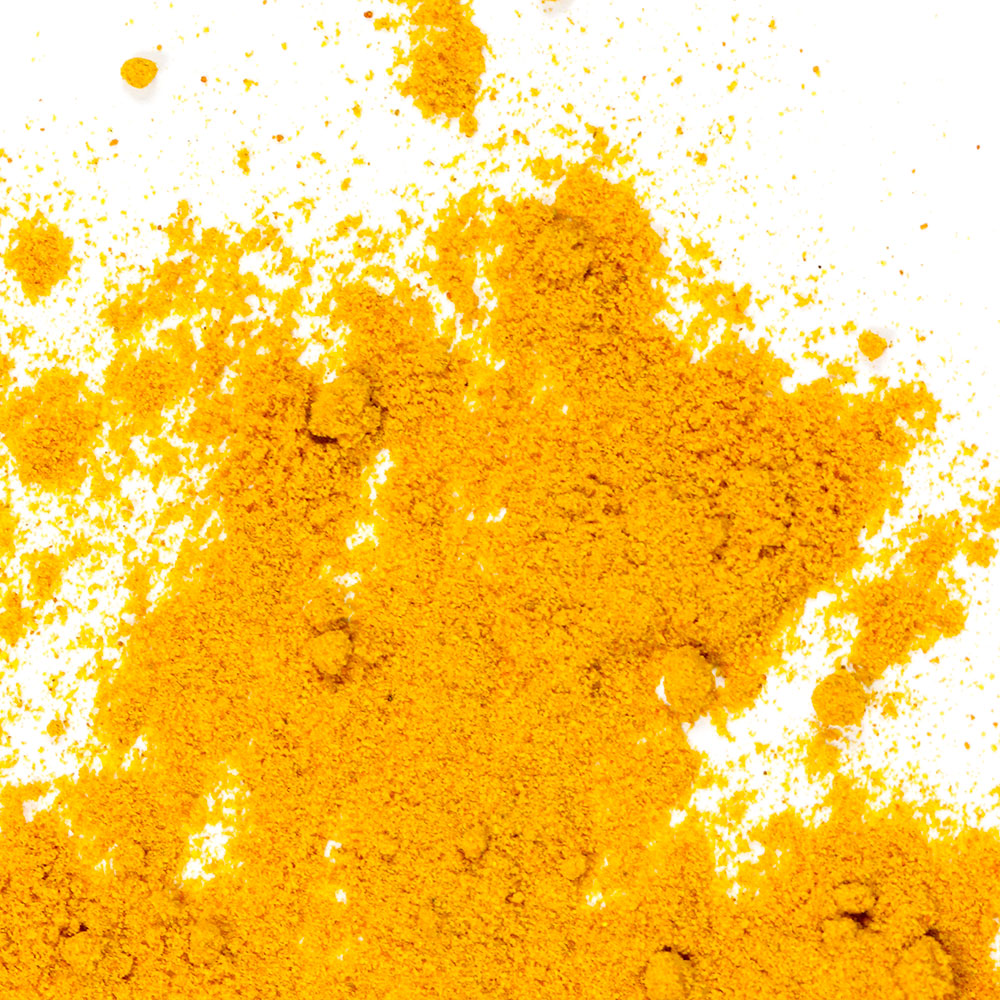


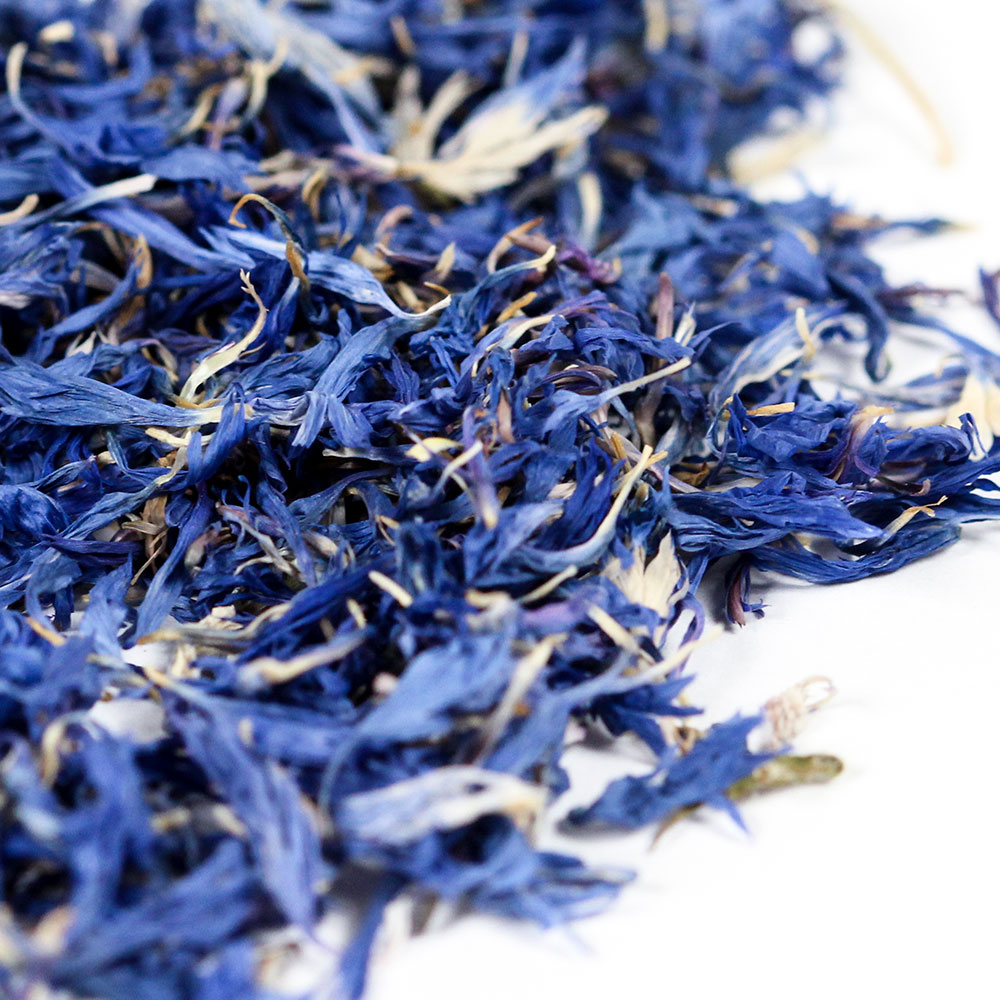
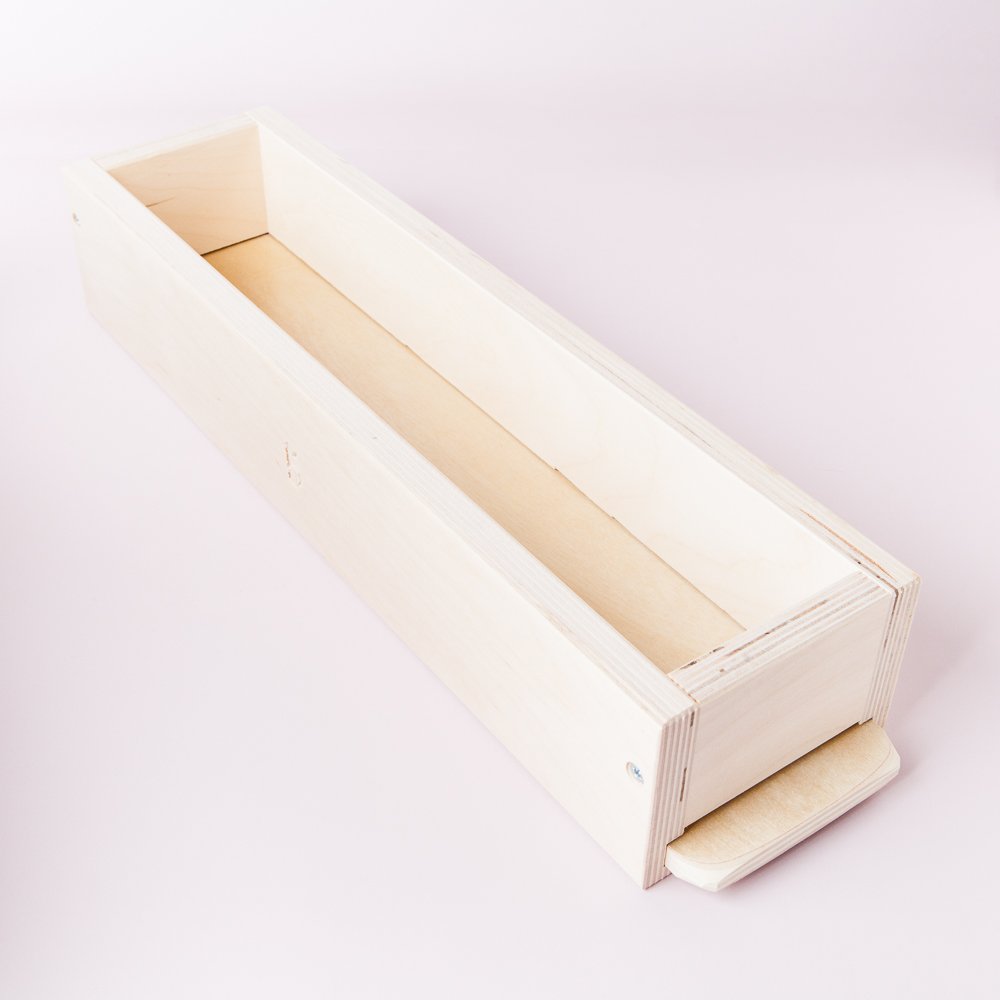
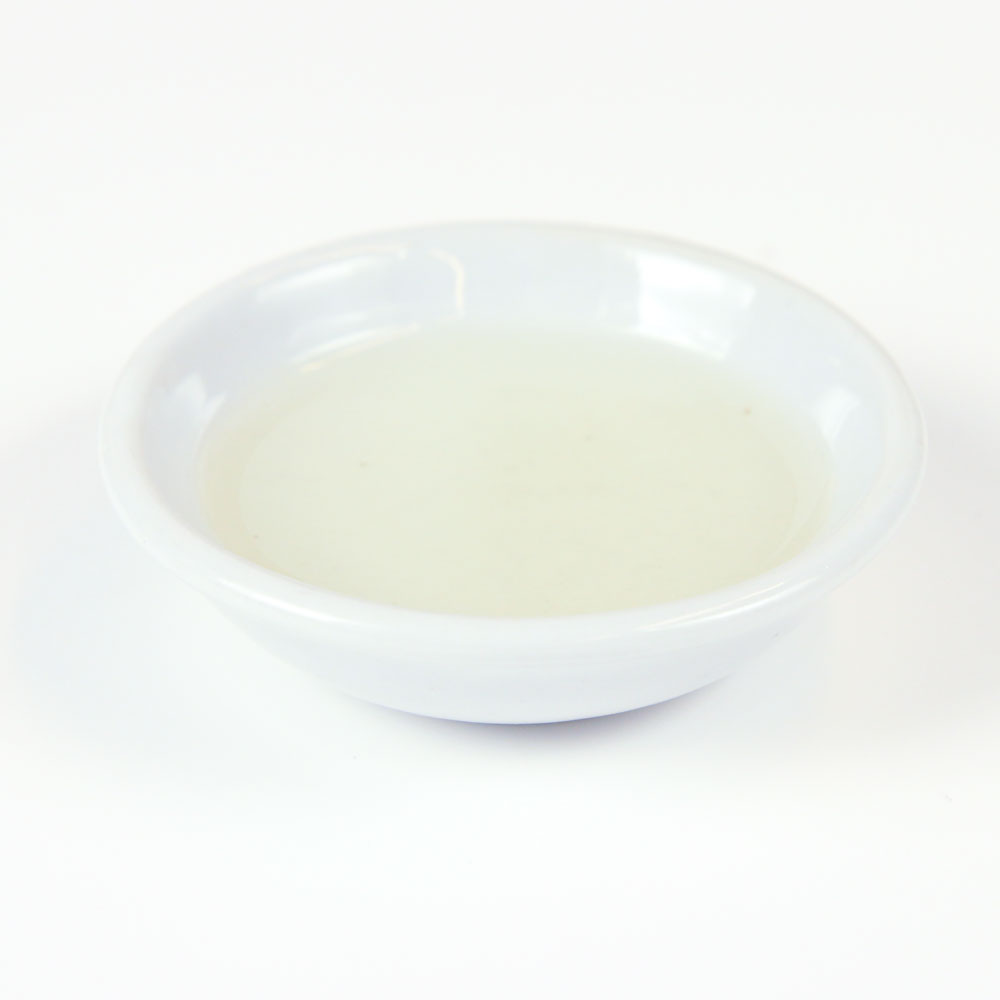
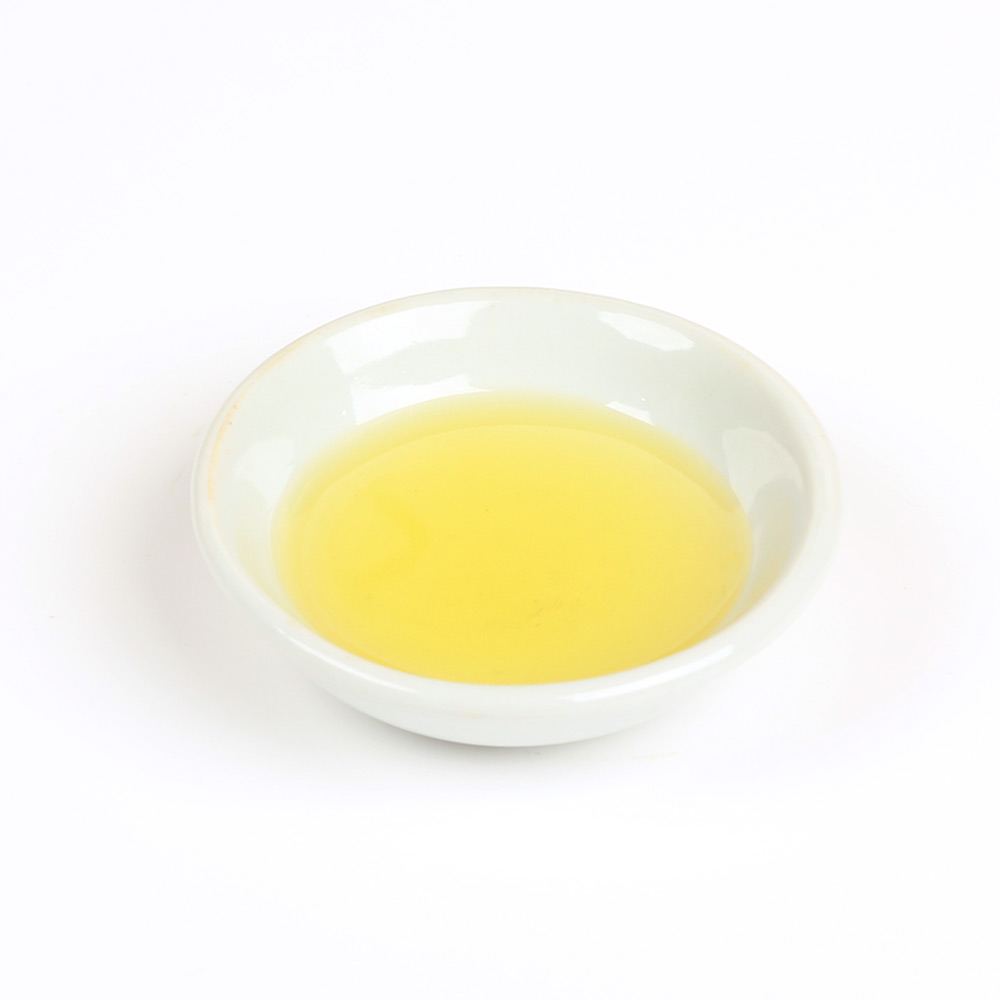
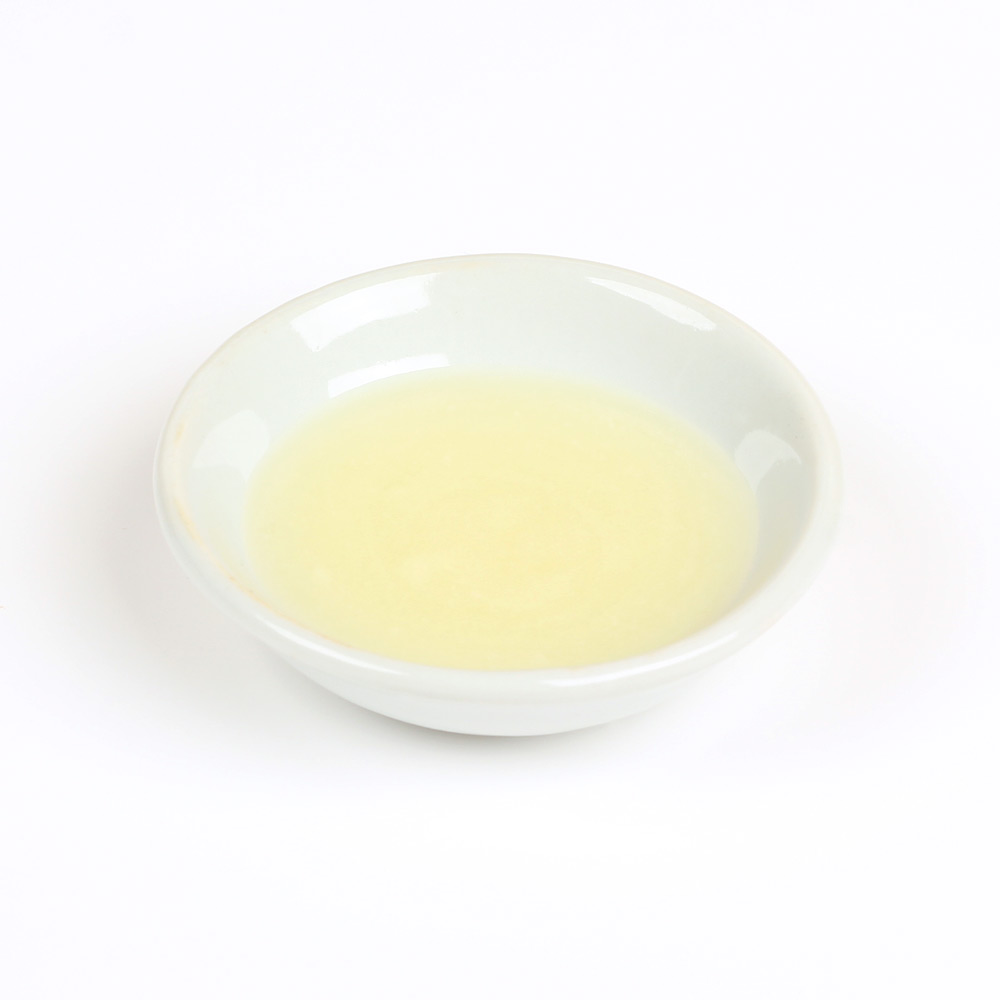

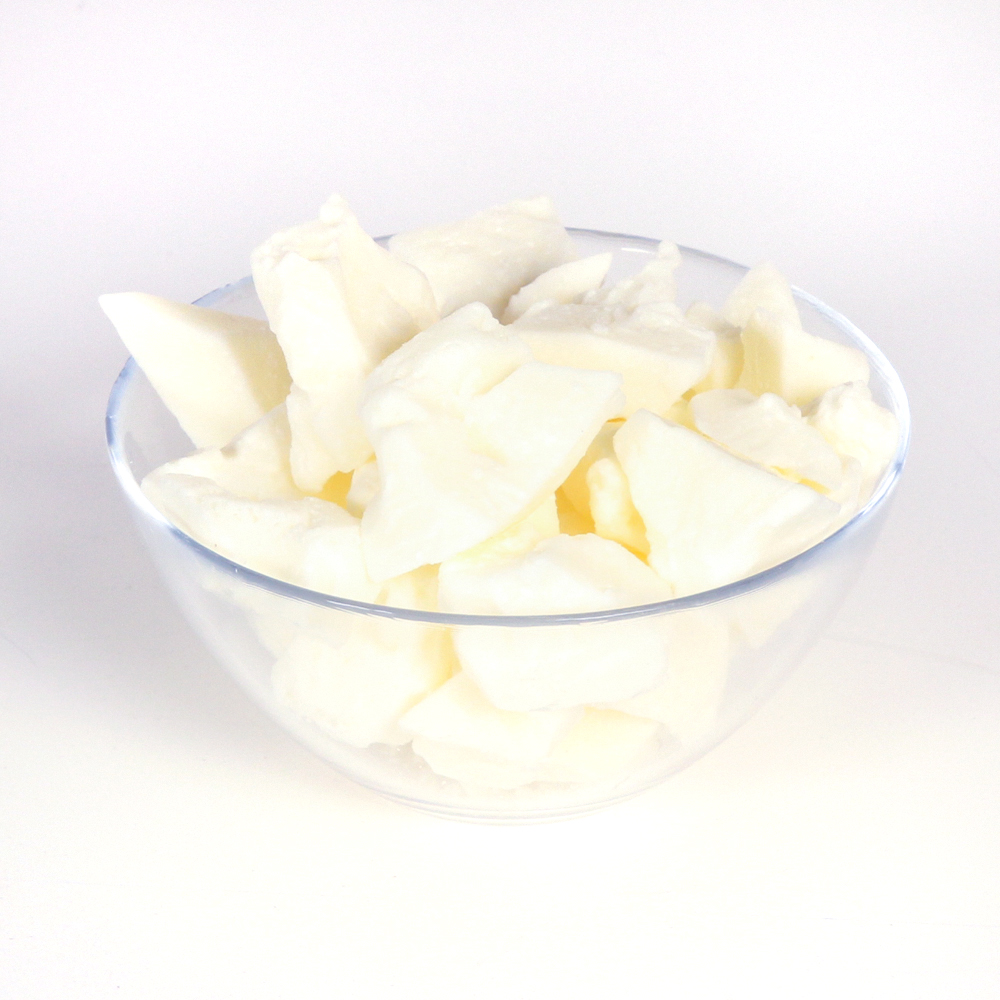
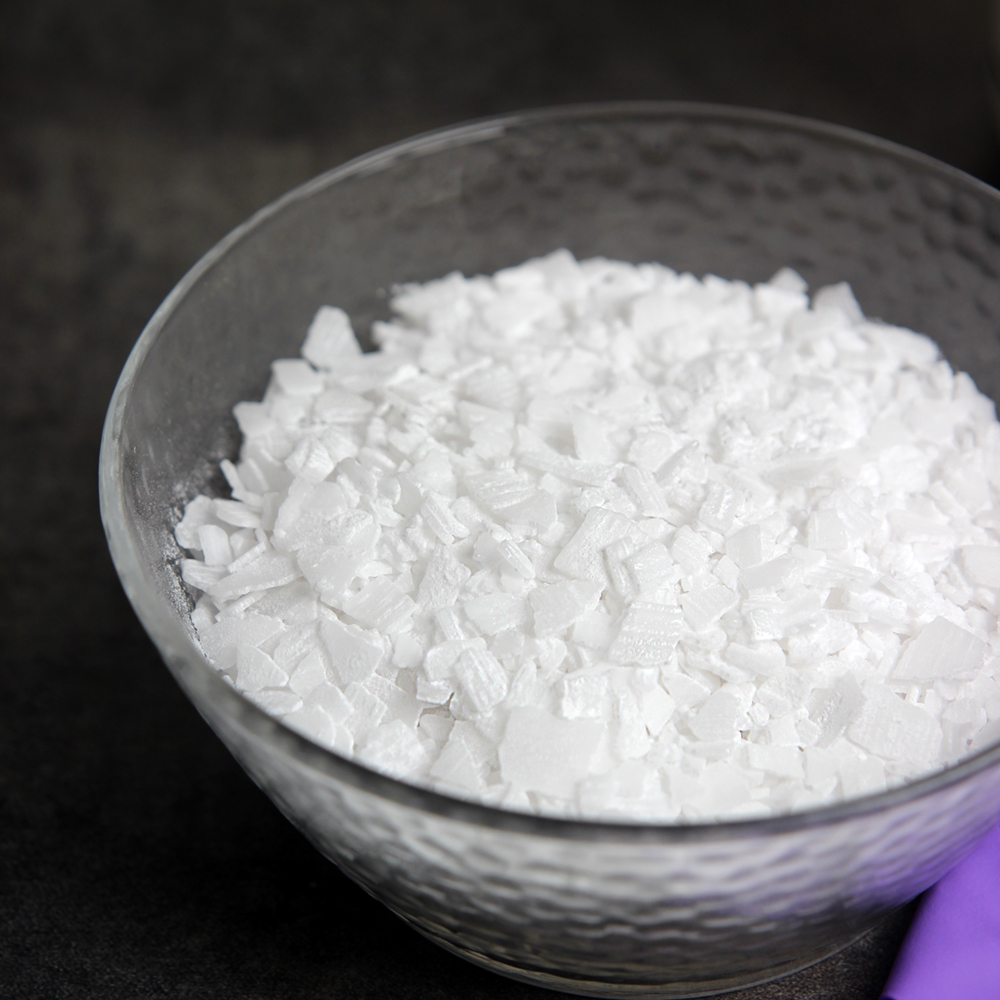
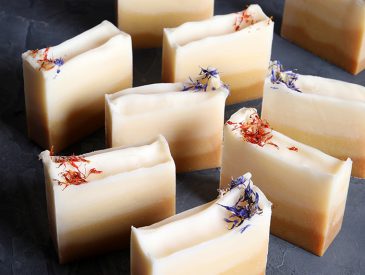


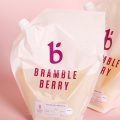
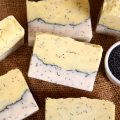

Can’t wait for this beauty to cure! came out pretty close to video results—just the teensiest bit of soda ash and one minuscule crack on top:-) pretty happy as this is only my second batch of CP! Thanks much, Karen
Hello,
Is there a natural alternative for sodium hydroxide lye?
Thanks,
Shanda
This is an amazing recipe and an awesome guide. I was able to follow along well. I did choose to scent with “energy” because the design reminds me of a sunrise and the smell of “energy F.O.” is a very nice “get up and go” scent.
I only had one complication. On my peaks (from the spoon scoops), I noticed the peaks in the middle of the soap loaf (is that what you call it?) there were some cracks. I was worried at first but they didn’t go all the way through the bar — just the peaks. The peaks look like hers — not too big. So, to prevent this, what could I do? The changes that I did outside of hers:
1. I did use Sodium Lactate as directed.
2. I used 33 oz of oil and used your Lye Calculator based on the %ages that you provided.
3. I did a 10% water discount (I didn’t see how much this recipe called for)
4. I did a 3% superfatting (I didn’t see how much this recipe called for).
5. This was my first time working with a heating pad. I put it on the high setting and put it under. I did not cover the bars.
Thank you for your support!
It sounds like you probably ended up with your recipe getting a bit too warm. Normally with the heating pad you want it on for about 20-30 minutes on medium or low and then after that time turn the pad off.
This is probably a ridiculous question, but here goes:-) How much turmeric powder? To which oil is it added?
Amazing things happen when you read the recipe, right? Up in the first paragraph—oopsie…
Glad you found it! 🙂
i am raju living from india (maharashtra). I am interested your product. i have stated planing a sope making manufacturing plant. so i have your row material send co operative in my plant. plz give replay .
You can find all of our products at http://www.brambleberry.com
International Shipping Policies: https://www.brambleberry.com/International-Shipping-Policies.aspx
What is the difference between a butter and an oil? Coconut oil is a solid at room temperature but so it’s cocoa butter. Thanks!
Butters normally have a higher fat content which allows them to stay solid at room temperature. Most oils stay liquid at room temperature, but Coconut Oil is an exception depending on the kind you get. The most common Coconut Oil for soap making does have a 76 degree melt point but you can also purchase Fractionated Coconut Oil if wanted a version that stays liquid at all times.
Fractionated Coconut Oil: https://www.brambleberry.com/CaprylicCapric-Triglycerides-Fractionated-Coconut-Oil-P4957.aspx
You’re very helpful! Thank you Terah!
With a 10% water discount won’t the cure time be less than 4-6 weeks
No, we still recommend the 4-6 week cure. The longer you let it sit the longer your soap will end up lasting.
Thank you so much. The Superfatting & Water Discounting articles provided great information. I now have a better understanding. You guys are great.
This is lovely. And, I do plan to experiment and make this soap. I normally use the word “superfat” instead of “water/lye discount.” When you say that it is a 10% water discount, do you mean that it is a 10% superfat?
Thanks
Superfatting and Water Discounting are different. Superfatting is when you use less lye so there is a higher percentage of left behind oils which makes the soap more moisturizing. Water Discounting is when you use less distilled water to help create a harder bar of soap.
Superfatting: https://www.soapqueen.com/bath-and-body-tutorials/cold-process-soap/superfatting-soap-an-explanation-2/
Water Discounting: https://www.soapqueen.com/bath-and-body-tutorials/tips-and-tricks/water-discounting-cold-process-soap-how-why/
It’s so good to see a full video with you speaking and teaching. I used to not scent my soaps, but your free samples got my recipients and me hooked. I almost always do a water discount and hot gel and I almost always cut my soap in about 24 hours. I love when it slides easily out of the mold and the sides are as slick and shiny as glass. You are awesome!